5 Most Common Types of House Mold and How to Get Rid of It – 2024 Guide
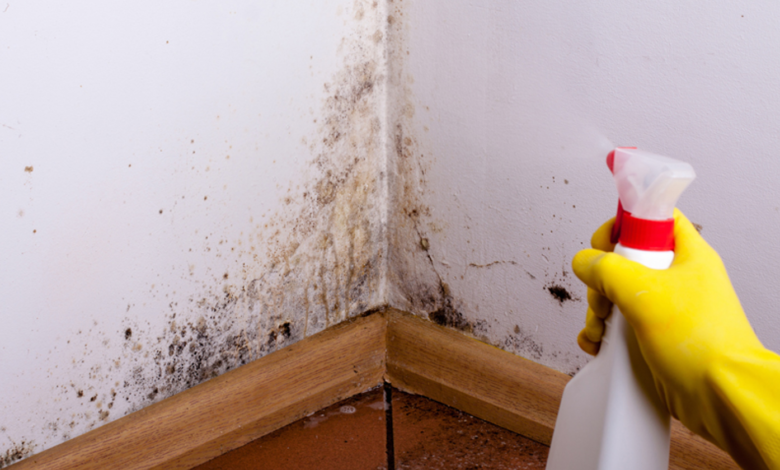
Molds can be found in almost every environment, and are detectable throughout the year, regardless of the season, indoors or outdoors. The most common places to find them out are in wet areas, under the hay, or places where the vegetation and leaves are in the rotting phase.
Indoor molds are usually found in the rooms that have high humidity exposure, such as cellars and showers (toilettes). The warm and wet conditions offered by these places generally stimulate the growth. Molds are further spread by the spores, which can enter the home through an open door, just like a regular visitor. Although this one is usually uninvited and plans to stay permanently, the host doesn’t get rid of it. They can also get inside via ventilation systems with outer openings, windows, heating systems.
The ugly-looking black stains on the edges of your bathtub, shower, or sink are the colonies of mold, perfectly thriving in conditions surrounded by humidity. However, molds inside the house, are very dangerous for health, especially if they are on the walls or windows. Inhaling these dangerous particles can result in eye irritation, nose, and throat as well as cause breathing issues, allergies, cough, and many other health-related problems.
How to recognize that you have mold inside your home, which type, and how to get rid of them? Complete reading this guide to learn.
1. Penicillium
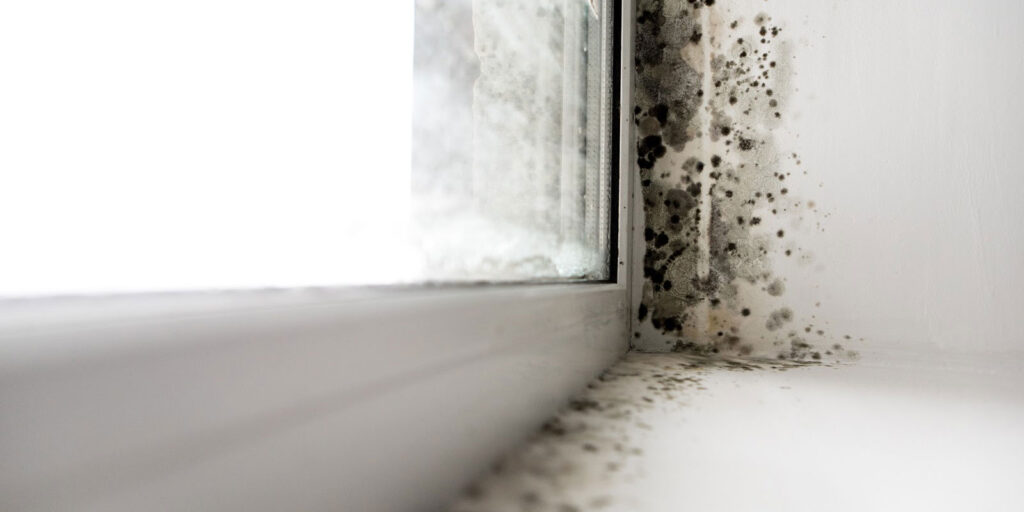
One of the most isolated types of mold inside the houses. In more than 90% of the cases, this type of mold is isolated as the one that bugs you. Places, where you can find it, are various, but it appears to enjoy your furniture damaged by water the most. Second most favorite is the carpet.
It’s known to spread very quickly, literally running through the home causing breathing problems such as inflammation of sinuses or lungs. Allergies are also triggered by it. If you feel like you’re allergic to something and haven’t experienced allergies before, you can test your home for molds and remove them. To find out how to visit mold-removal-bakersfield-ca.com.
2. Stachybotrys
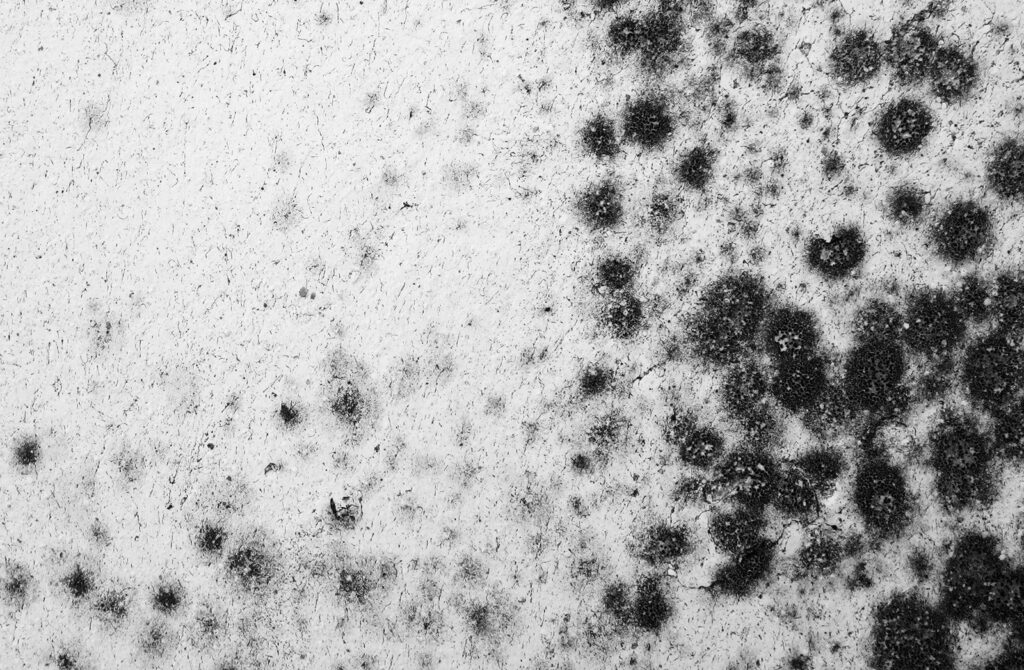
Known to have tendencies towards cellulosic materials and places with low nitrogen contents, such as wallpaper or gypsum boards (drywall). When the humidity accumulates in such places due to water leakage, condensation, floods, or similar situations, it starts breeding and spreading rapidly. Aside from causing different respiratory syndromes, as all of them do, it is also found in the cases of so-called “ill buildings.”
3. Cladosporium
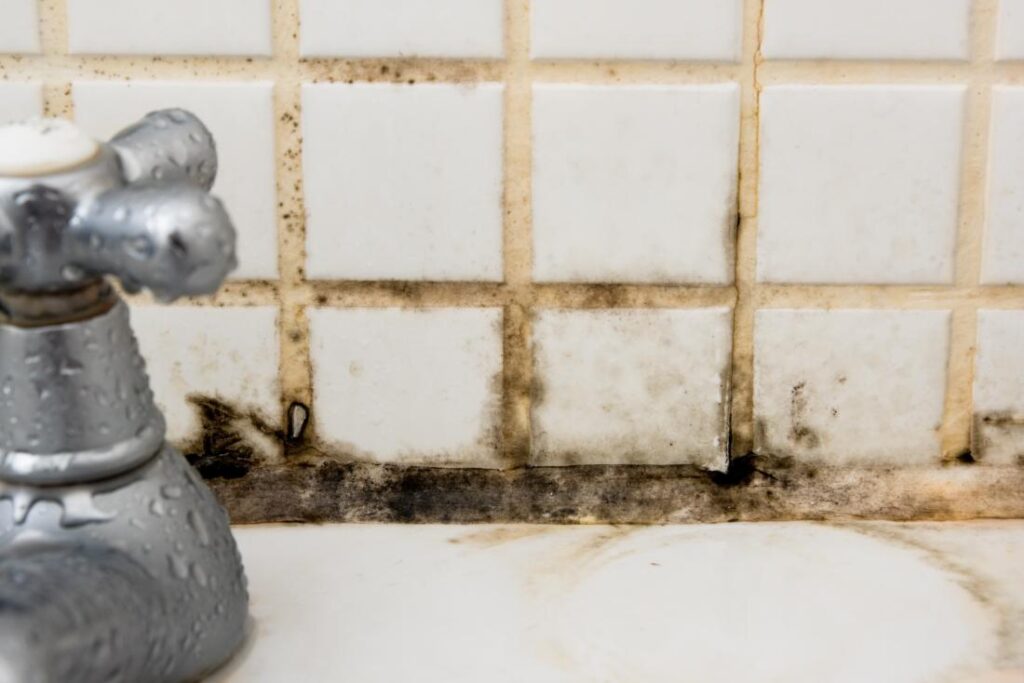
Unlike the two previously mentioned types of mold, which prefer humidity and wet areas, this one can be found on both wet and dry surfaces. If you notice the molds in cool places, don’t let this surprise you. They attack wooden floorboards and cabinets and be found on carpets and even older fabrics that smell funny. Like we wrote, if it’s a cool area with molds, you know what type it is.
Like its other colleagues, it likes attacking respiratory organs.
4. Ulocladium
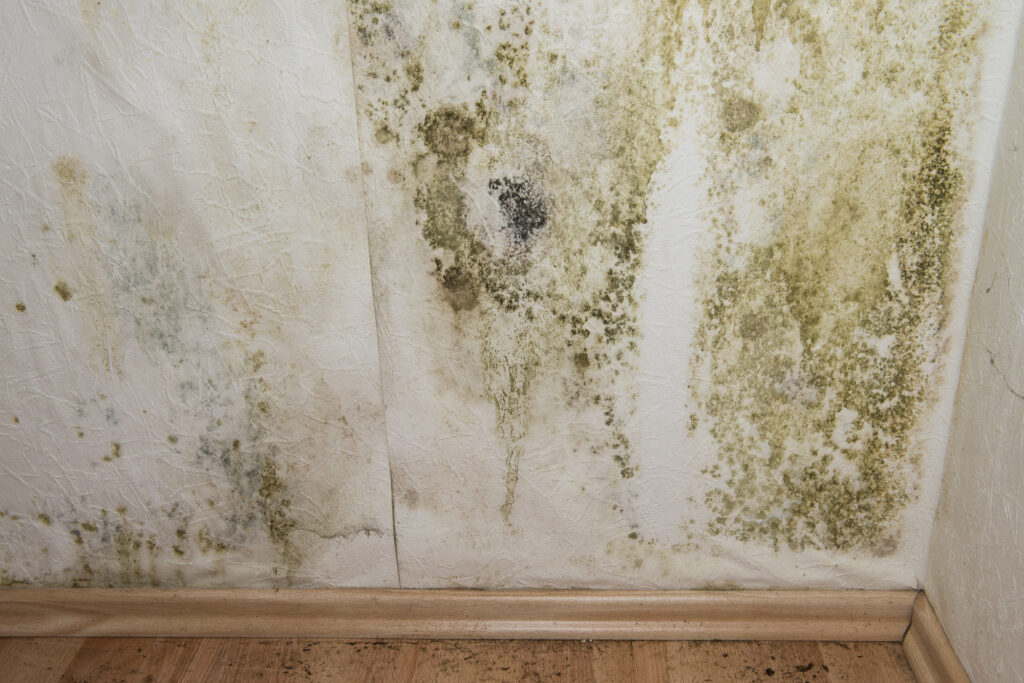
Found on indoors and outdoors surfaces, but typically deeply damaged areas as a consequence of flooding. Mostly inside the homes, on the wooden floors exposed to water. Your organs’ reaction is the same as any other type of mold we’ve mentioned so far.
5. Geomyces pannorum

Commonly isolated from the air particles, it is one of the most common types of house mold. In more than 50% of mold attack cases, this particular type is isolated as the cause. The dust from your mattress can contain it. Aside from that, public swimming pools and gyms are the most affected.
It can be the cause of the infection on your nails and skin.
How to get rid of them
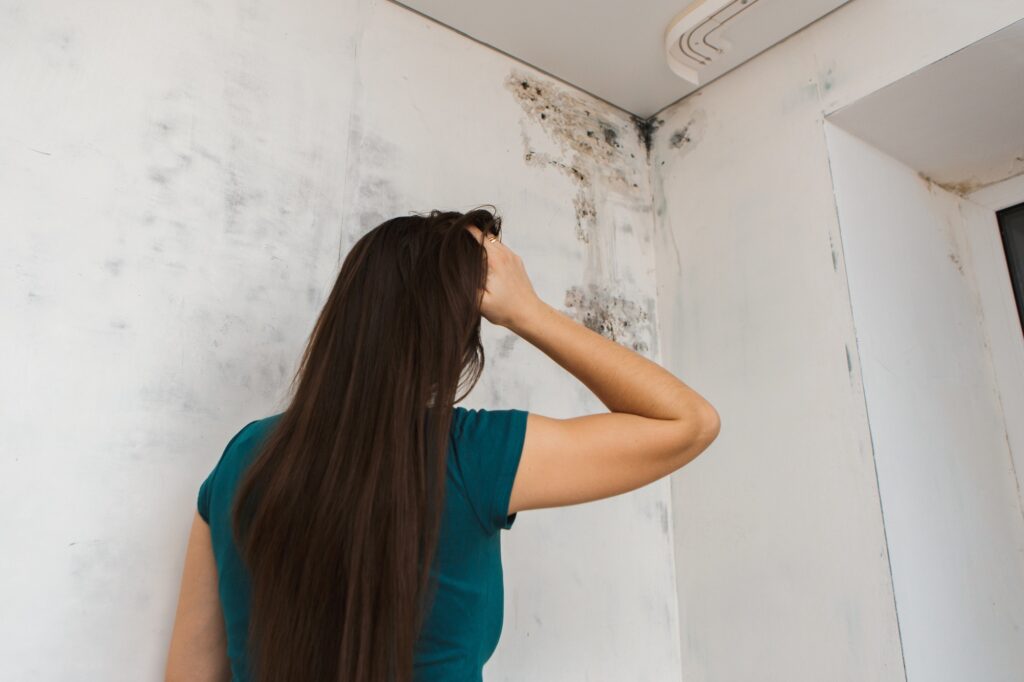
Find the source. The first and the most important step is to find the source of the humidity, to permanently get rid of the problem and avoid growing frustration because of their return. The most common source in the apartments is the steam generated from cooking, in the kitchen, showering, and breathing and sweating. When coming to contact with the outer walls, the steam turns into liquid drops, wetting the color layers making them the ideal soil for mold developing. Certain types of doors and windows installed in your home allow perfect sealing, not allowing air exchange, and creating perfect pre-conditions for mold to appear.
Ventilate the whole area. A very important factor in preventing excessive accumulation of humidity is to ventilate the rooms properly. Ventilating decreases the humidity and allows the fresh air to come in, important for a healthy atmosphere. If there are no omissions in the building construction, you can get rid of the mold by simply ventilating and preventing them from appearing. It’s advised to ventilate the rooms at least twice a day, morning and evening.
Use the mold removing agent. If the mold appears after you’ve completed finding the source and have regularly ventilated the rooms, you should react and firstly clean the surface affected. There are countless agents available on the market today, for removing the mold. Do a little research on which of them have proven to have the best effect. Different products are made according to the surface. Anti-condense agents for cold surfaces, special colors for walls that prevent them from breeding, and many more.
Construction fails. In cases when you find out that the main reason for excessive humidity is the construction (capillary moisture on old buildings and in basements, water penetration due to pipe rupture, flooding, etc.), you need a more complex solution for removing the cause. Consult the construction professional.
There are lots of solutions and different agents that can secure your home from the mold when combined. We hope that this guide gave you a glimpse of what might be the cause, so you know how to approach the solution.